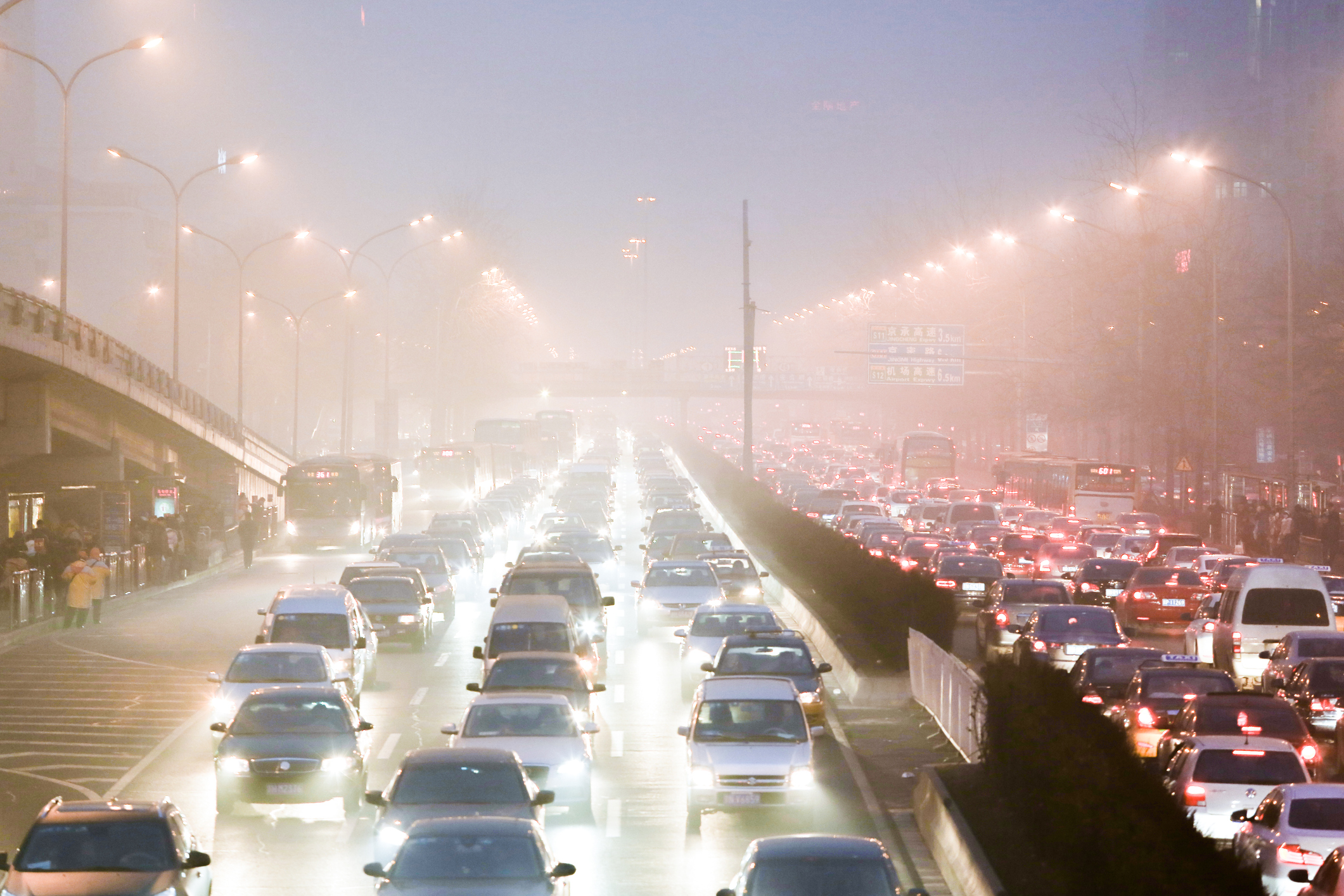The world needs to cut greenhouse gas emissions nearly 8% a year over the next 10 years to avert temperatures rising to levels that would unleash worsening heatwaves and storms, the U.N. said in its yearly greenhouse gas emissions report.
“The summary findings are bleak,” the researchers found report stated, noting that GHG, or greenhouse gas, emissions hit a record last year. “Countries collectively failed to stop the growth in global GHG emissions, meaning that deeper and faster cuts are now required.”
The U.N.’s goal is to limit climate increases to 1.5°C (2.7°F) to avoid destructive climate impacts. That goal currently isn’t in sight as the U.N. sees a 3.2°C (7.2°F) increase by 2099, even if countries meet commitments made under the 2015 Paris Agreement, commitments currently not being met.
Efforts to cut greenhouse gases are failing, the report said. Despite the visibility of green power sources — solar panels on rooftops, Teslas rolling down highways and wind turbines sprouting on hillsides — greenhouse gas emissions rose 1.5% every year over the last decade. Every year they increase means more dire action in the future, and a peak in emissions isn’t seen, the report said.
- The report takes aim at developed nations: G20 nations account for 78% of all emissions, while only five of the group’s countries have committed to a long-term zero emissions target.
- The will to make changes stands in the way of achieving the U.N. targets. While technology exists to help reach the 1.5 degree goal by 2030, solutions aren’t being deployed quickly enough or at large enough scale
- Political focus on climate change is growing, and is one of the few hopeful signs noted in the report. Voters, protests, youth movements in some parts of the world show growing concern, while companies, financial institutions and cities are adopting carbon-cutting measures.
- “The time for climate procrastination is over,” Inger Andersen, the UN Environment Program’s executive director, tweeted.






















